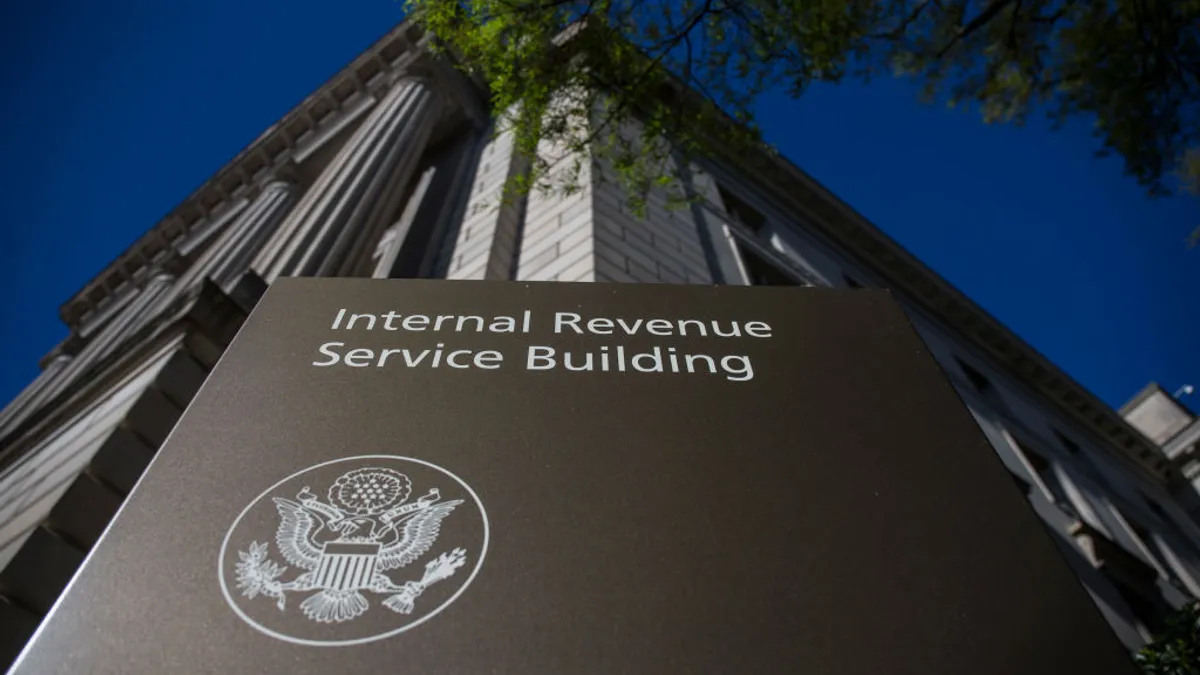Bob Stark is global head of market strategy at treasury management software company Kyriba. Views are the author's own.
CFOs have been placing a higher priority on strategic cash forecasting over the last few years. But while one might assume this means treasury is becoming more involved in company strategy, we’ve been hearing quite the opposite from many of our clients. Instead, finance chiefs are relying on financial planning and analysis (FP&A) departments heavily. Treasury departments, meanwhile, are being left out of these discussions and are left to only oversee short-term cash forecasts.
“I'm seeing companies move long-term forecasting and corporate modeling to FP&A functional areas — even creating new areas to do this — and only leaving treasury with short-term cash forecasting,” says Jim Gilligan, former assistant treasurer for Kansas City, Mo.-based utility Evergy and currently senior vice president of MFR Securities.
Why CFOs are turning to FP&A
CFOs appear to be turning to FP&A largely due to the upheaval at many organizations in the early days of the COVID-19 pandemic. Finance leaders generally needed more forecasts, scenario planning and stress testing information and relied broadly on FP&A because investors and shareholders were demanding answers.
“Treasury was busy focusing on getting through the next couple quarters, ensuring covenants were met, doing PPP loans and meeting with banks to keep credit lines functioning and getting cash in the door,” says Lee-Ann Perkins, assistant treasurer for Specialized Bicycle Components.
In particular, industries that took a direct hit from the pandemic (e.g., hotels, airlines, restaurants) were likely relying closely on FP&A. Those industries had to rethink their business model to stay alive, says Beatriz Saldivar, global payment and treasury advisor for Kyriba.
FP&A may also have stepped into this role because the department generally has an audience with the CFO, even more so than treasury. “They're the ones that present to the CFO, participating in creating the outlook and the longer-term perspective,” says Enrique Calderon, former assistant treasurer and now a treasury and cash management consultant. “I’ve seen this happen firsthand.”
Additionally, treasury has a problem gaining valuable longer-term information, which isn’t as much of an issue for FP&A. Calderon notes that FP&A is much better connected with financial controllership, which runs operations out in the field. As a result, FP&A can often get faster access to the information it needs. “When an FP&A person calls, everyone jumps to attention,” he says. “They are also involved in the annual budgeting exercise, and that also provides additional influence.”
Creating opportunity
But while the pandemic is far from over and market volatility continues to be an issue, the initial onset of panic has subsided at many organizations. As such, companies can take a more measured approach to strategic cash forecasting, involving treasury in the process.
That said, treasury departments shouldn’t wait to be asked. Instead, they should reach out to the CFO and FP&A, requesting to be involved in the strategic forecasting process. And they should feel emboldened by the fact that they have been consistently reliable.
Treasury has an overall proven track record of creating accurate forecasts — sometimes more so than FP&A in many respects because FP&A typically makes longer-term projections that hinge on different data sources, such as assumption-based, top-down projections. Treasury should pursue opportunities to work cross-functionally with FP&A and contribute to these 12-18-month forecasts, thereby cementing the department’s status as a strategic contributor.
There’s an opportunity here for treasurers. In my experience, treasurers have proven their 13-week forecasts tend to be spot on. Treasury can take that expertise and expand it by projecting six to 12-month forecasts.
Doing so, however, might require treasury to adopt new tools, including artificial intelligence and application programming interfaces (APIs). These tools can rapidly gather copious amounts of data, enabling treasury teams to build global cash forecasts quickly and extend the accuracy and horizon of those forecasts.
Furthermore, treasury is well-suited for strategic cash forecasting because the function tends to focus more on future proofing the company, Lee-Ann Perkins of Specialized says.
“In terms of setting up new subsidiaries in different countries, we head the cash needs and requirements,” she says. “FP&A typically looks at historical scenarios to predict future needs and treasury typically forecasts the needs for future state.”
Jim Gilligan of MFR Securities adds that treasury would be more knowledgeable of overall financing plans and the associated costs. FP&A, in contrast, would need to get that info from treasury to model it.
Teaming up
Perkins advises treasury and FP&A teams to divide and conquer; instead of one group or the other taking on the whole of strategic cash forecasting, both treasury and FP&A should take on the aspects that play to their strengths.
Treasury should be looking after forecasts for receipts, disbursements and strategic M&A. Depending on the company type, treasury might also want to take on free cash flow forecasting. Meanwhile, FP&A can work on scenarios and regression analysis to predict changes and patterns.
But the greater message is that these two departments should be working together and not siloed, Perkins says. “FP&A is a department we should be working with quite closely and often,” she says.





















